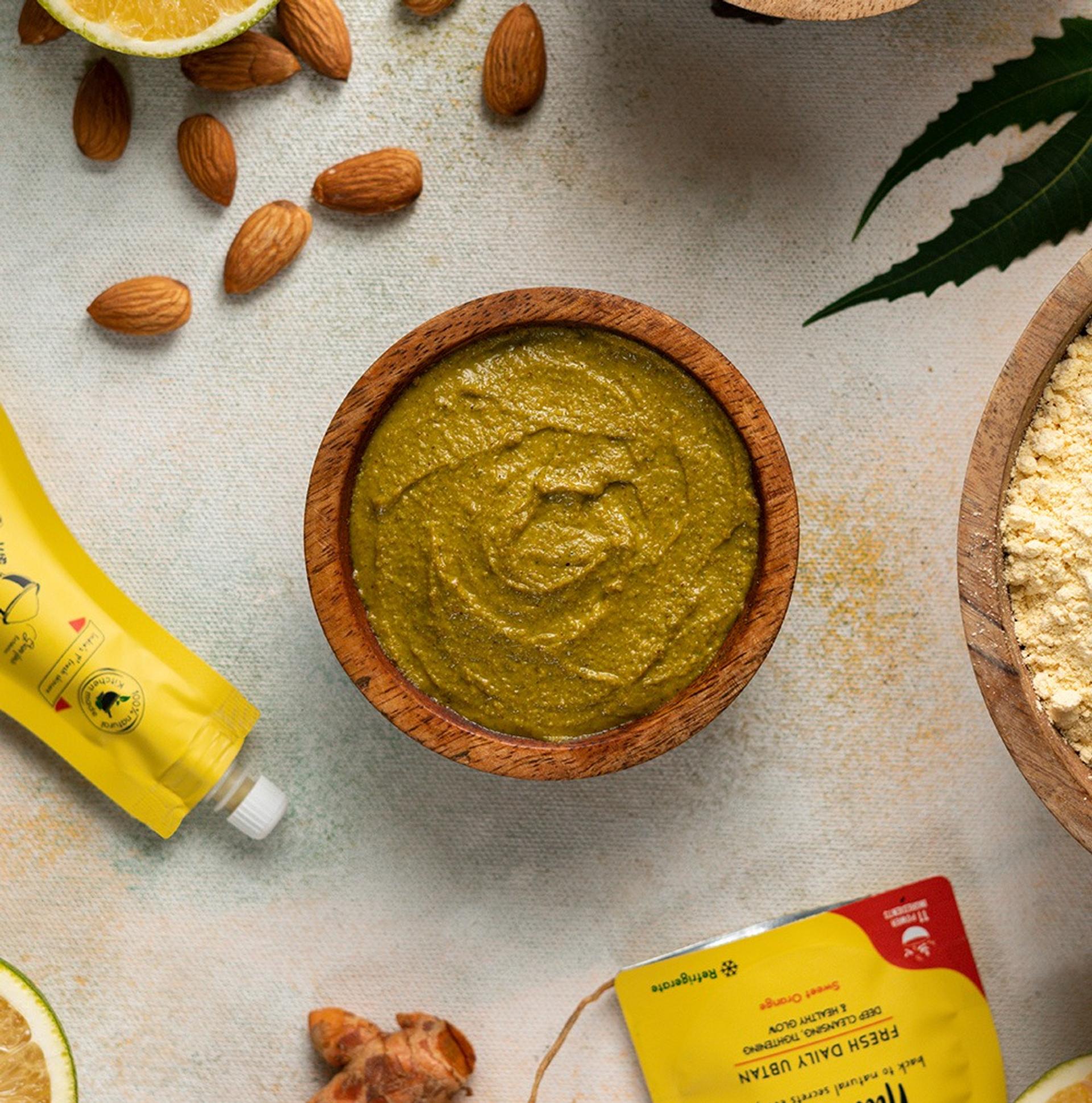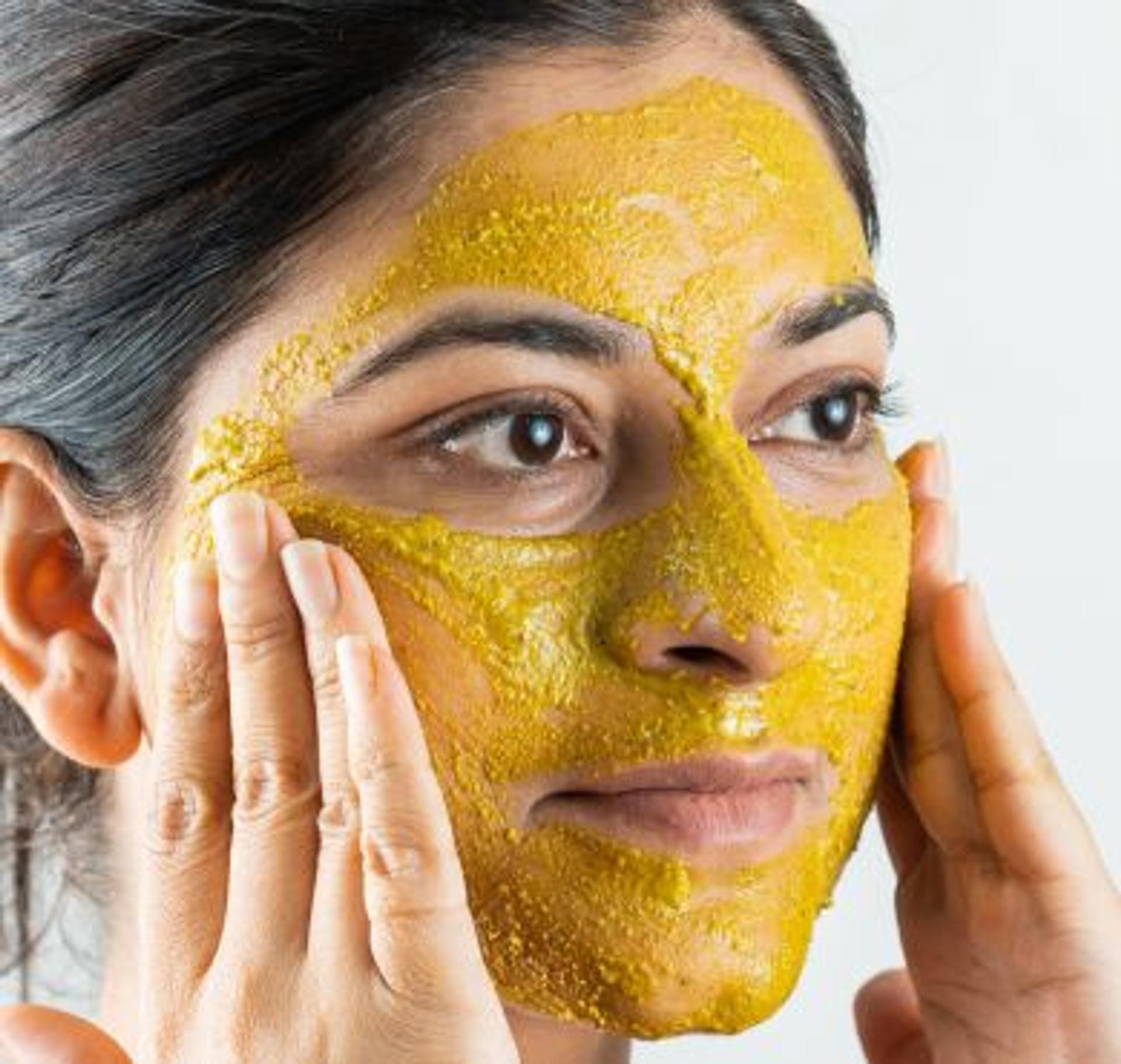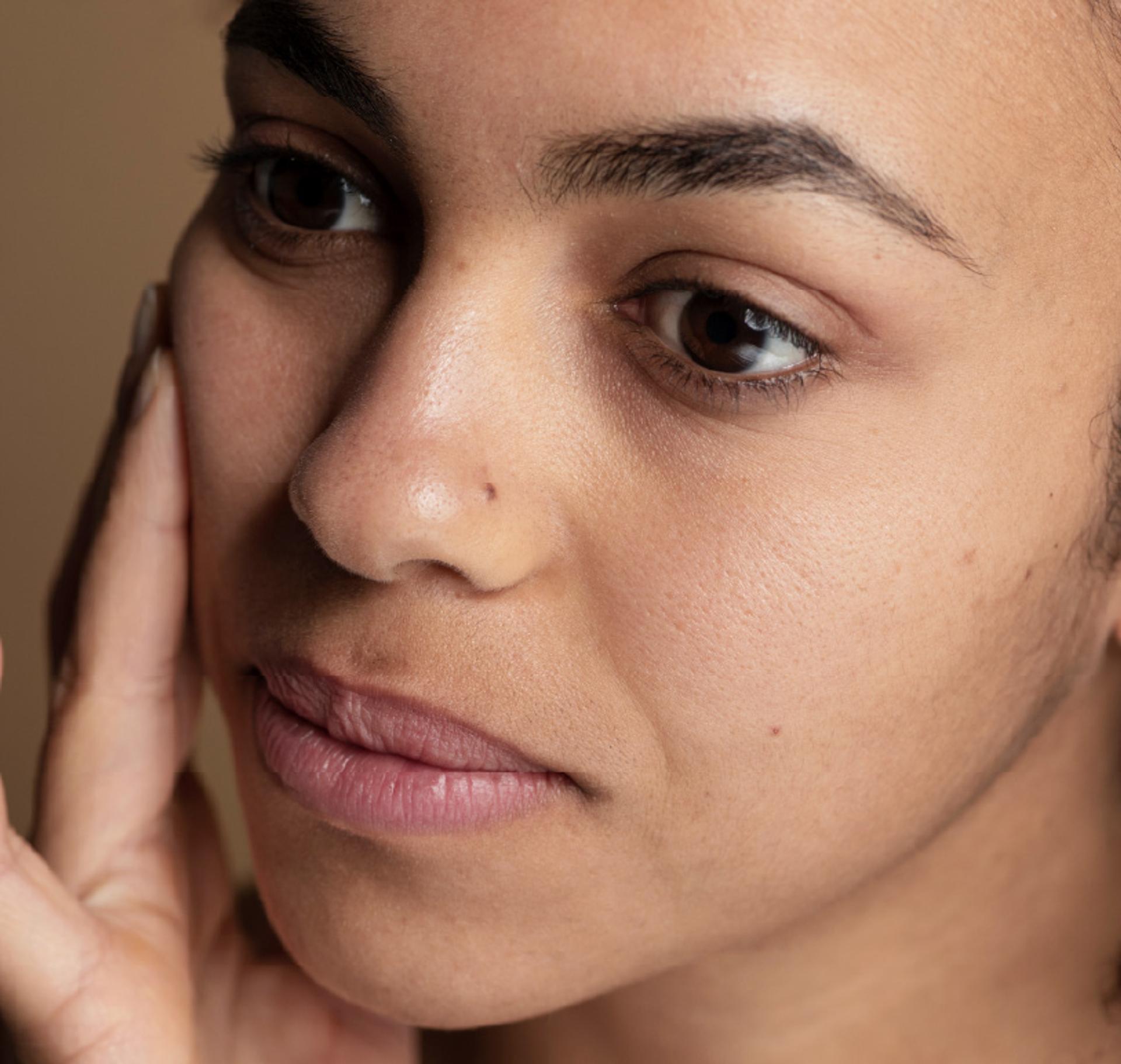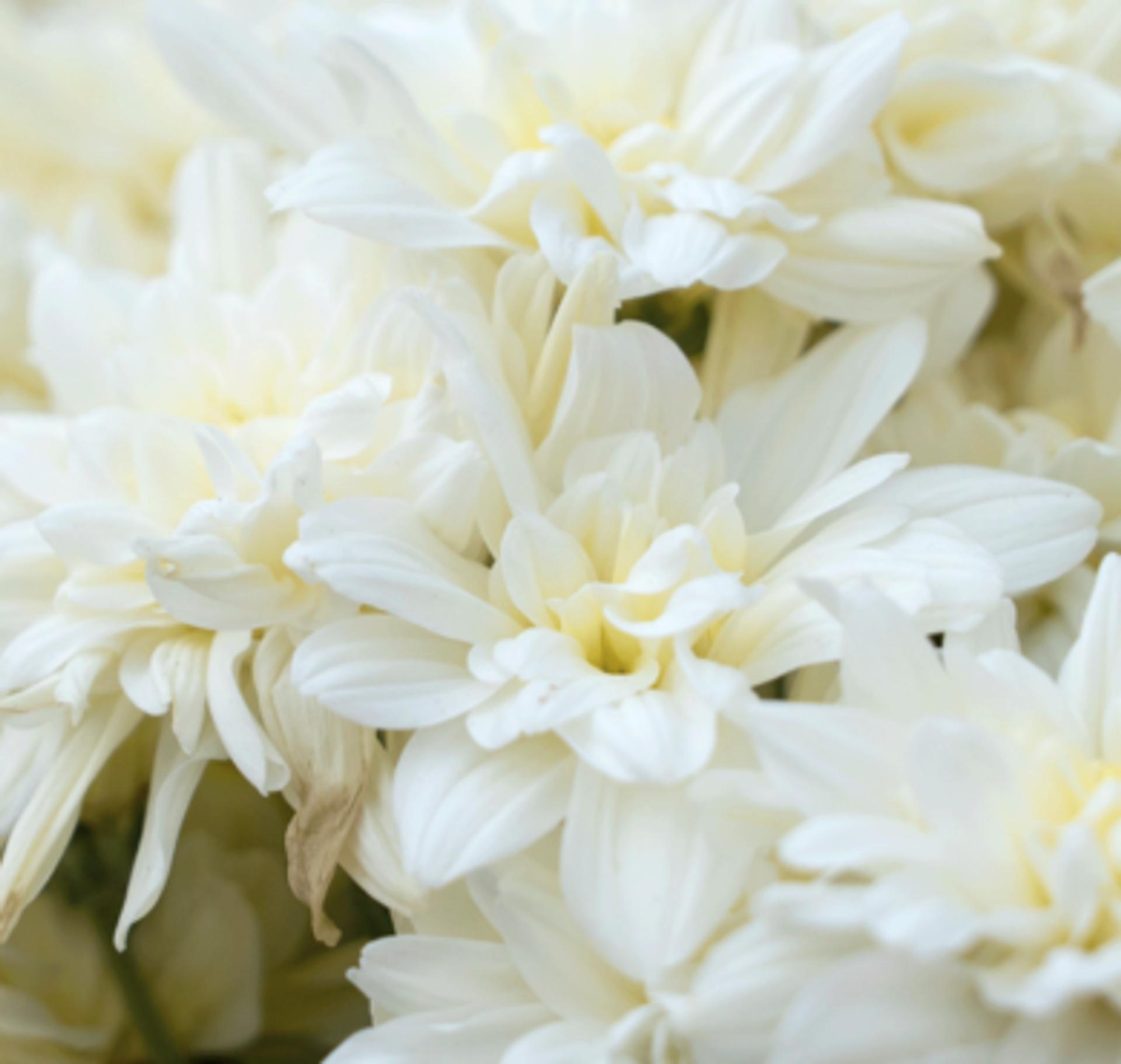
Mogra: The Fragrant Touch of Joy and Glow
By Nat Habit
From a gajra wrapped in our hair to the scent that lingers in the evening garden breeze Mogra, or Jasmine, is not just a flower. It’s a feeling.
It reminds us of weddings, warmth, festivals, and a sense of calm beauty that’s hard to put into words.
But beyond its intoxicating fragrance, Mogra is a quiet powerhouse capable of healing not just our mood but also our skin, hair, and emotions.
Let’s journey into the white folds of this fragrant flower and uncover the many ways in which Mogra touches body, beauty, and being.
What Is Mogra, Really?
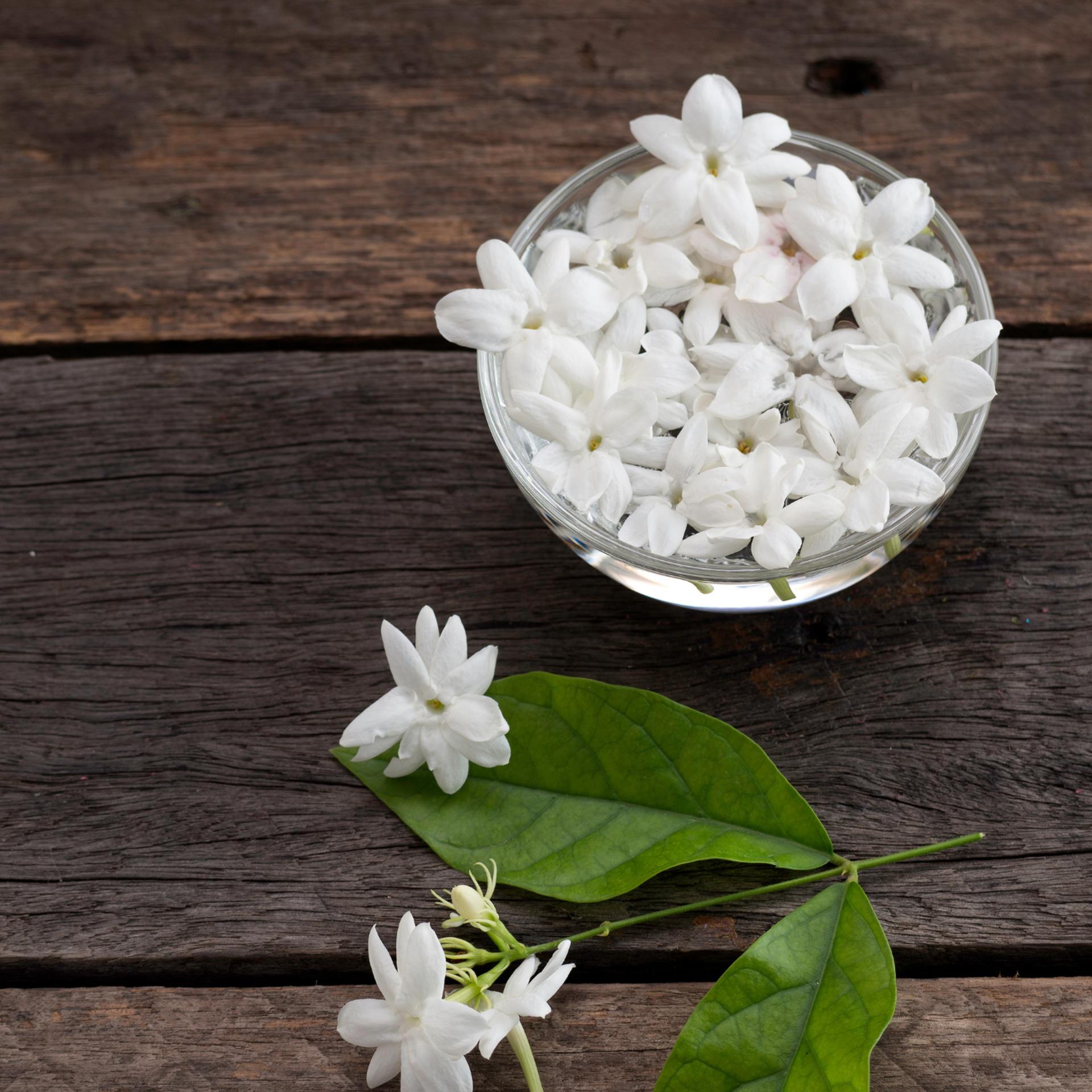
Mogra (Jasminum sambac), often called Arabian Jasmine, is a small, white, night-blooming flower that’s deeply embedded in Indian culture.
Its oil is considered one of the most precious in aromatherapy, and in Ayurveda, it is revered for its:
- Tridosha-balancing properties (balances Vata, Pitta, and Kapha)
- Sheetala (cooling) action
- Hrudya (heart-opening) quality
- And its ability to uplift the manas (mind)
It’s no surprise we’ve always kept Mogra close—on pillows, in oils, in rituals, and even in our bath water.
What Makes Mogra More Than Just a Fragrance?
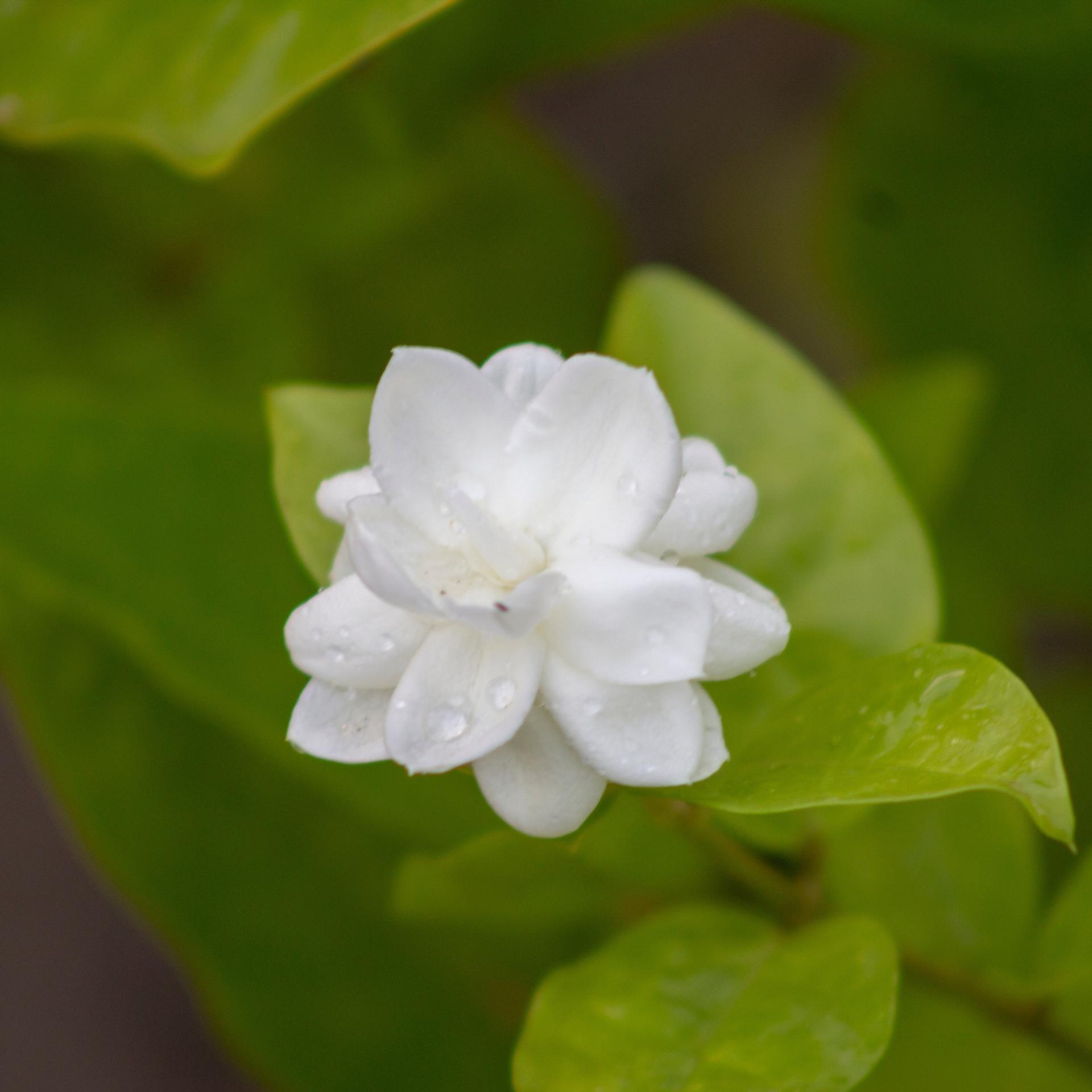
Phytochemical Richness
- Flavonoids & Coumarins: Offer antioxidant and anti-inflammatory support
- Jasmine lactone, linalool, and benzyl acetate: The volatile compounds that provide its scent also have neuroactive and antimicrobial effects
- Triterpenoids: Known to help in wound healing and cellular repair
Estrogenic & Adaptogenic Potential
Mogra is studied for phytoestrogenic properties, which can support hormonal health, skin elasticity, and even emotional well-being, especially in women over 35.
In Ayurveda, it is considered:
- Sheetala – cooling
- Rochana – appetite and mood-enhancing
- Varnya – complexion-enhancing
- Shukrala – supportive of reproductive tissue (shukra dhatu)
In Skincare: Calm, Clear & Collagen-Boosting
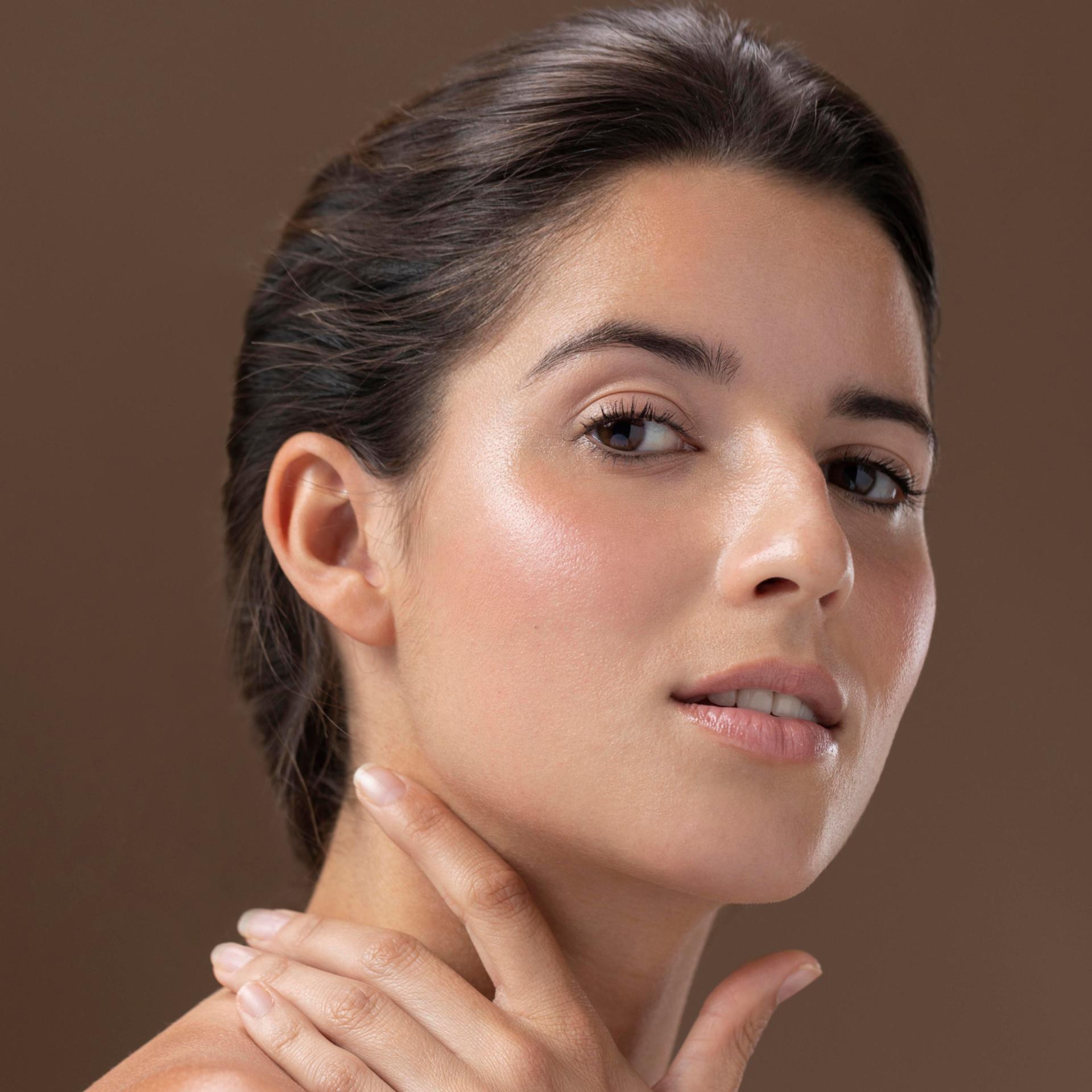
Anti-Inflammatory & Sensitive Skin Friendly Jasmine extract calms skin reactivity, redness, and inflammation, making it excellent for rosacea-prone or irritated skin. The flavonoids help reduce mast cell activity, which causes itching and swelling.
Antibacterial & Anti-Acne
Mogra has broad-spectrum antimicrobial properties—effective against Staph, P. acnes, and Candida. Used in herbal tonics or gels, it helps cleanse pores and prevent acne, especially when compounded with neem or tulsi.
Supports Collagen & Skin Healing
The triterpenes and polyphenols in mogra help stimulate fibroblast activity—promoting collagen synthesis and repair of scarred or stressed skin.
Natural Moisture Binding
Essential oil derived from mogra contains natural humectants that help attract and retain moisture, making it ideal for dry or mature skin types.
Ritual Tip: Infuse dried mogra flowers in aloe vera gel and store in the fridge. Apply daily post-cleansing to soothe, hydrate, and gently brighten.
For Hair: Scalp Serenity & Shine

Reduces Scalp Inflammation
With its cooling and antimicrobial properties, mogra helps calm itchy, irritated, or inflamed scalps—especially helpful in summer or post-chemical treatments.
Strengthens Roots, Reduces Hair Fall
Traditionally steeped in coconut or sesame oil, mogra is believed to strengthen hair follicles, reduce hormonal hair fall, and restore natural sheen.
Aromatherapy for Hair Growth
Its relaxing aroma helps reduce stress-induced hair fall by lowering cortisol levels, allowing the hair growth cycle to restore naturally.
Oil Tip: Infuse fresh mogra buds in sesame oil under sunlight for 7 days. Strain and use as a pre-wash scalp massage oil for growth and calm.
For Inner Wellness: Hormones, Digestion & Mood
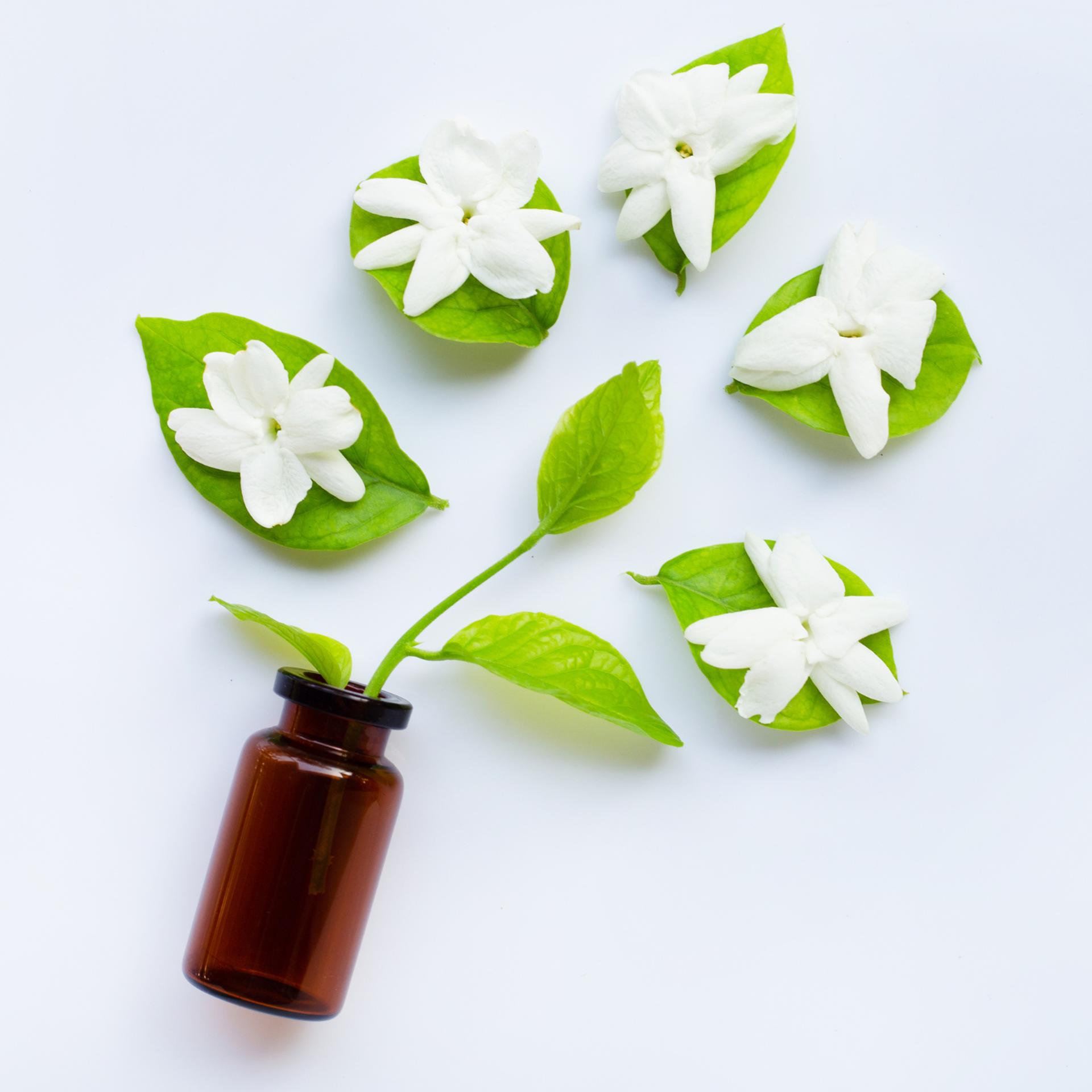
In both ancient Ayurveda and modern aromatherapy, mogra is deeply connected to the nervous and endocrine systems.
Balances Hormones
Mogra’s essential oil is known to interact with the limbic system and influence hormone secretion. It helps ease PMS, reduce hot flashes, and improve libido and reproductive tone—especially beneficial for women in perimenopause or postpartum phases.
Digestive Enhancer
Used in Ayurvedic churnas or teas, dried mogra flowers can help stimulate appetite, reduce bloating, and balance pitta.
Reduces Anxiety, Promotes Sleep
The inhalation of mogra scent activates GABA receptors in the brain, helping induce a sense of calm and improving sleep quality.
Evening Tip: Keep mogra essential oil near your bedside or float fresh flowers in your bath to wind down the nervous system and elevate emotional wellness.
Mogra for the Mind
The Scent of Stillness & Joy
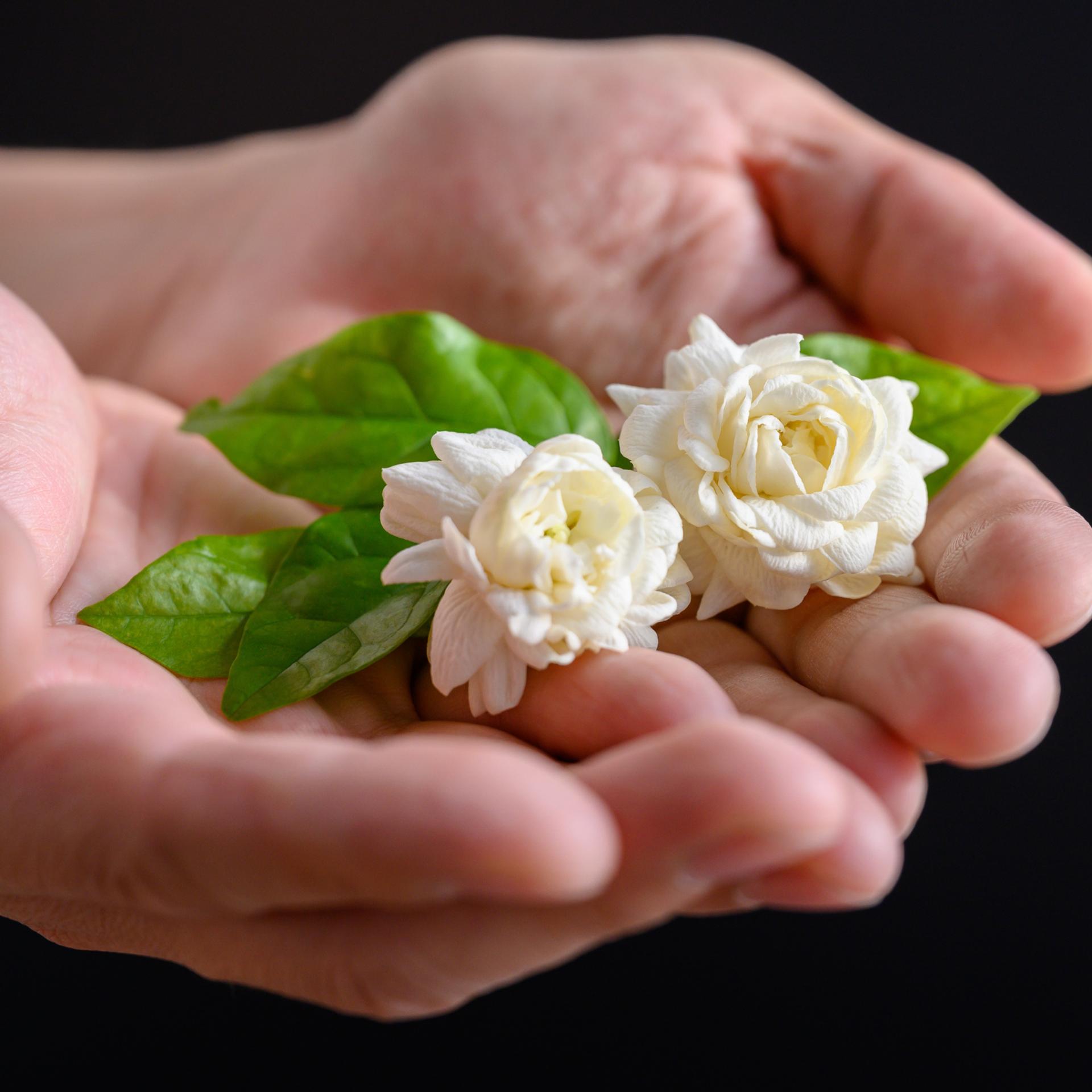
Jasmine's aroma has been shown in clinical studies to increase serotonin production, lower anxiety, and even enhance focus and alertness.
In traditional rituals, mogra is associated with the heart chakra (Anahata)—symbolising unconditional love, emotional release, and inner calm.
We’ve often kept it beside our beds, in bathwater, or in temple offerings—not just for fragrance, but because it simply makes us feel better.
Sleep tip: A drop of mogra oil on a handkerchief or pillow corner can calm nerves and help promote deeper rest.
Did You Know?
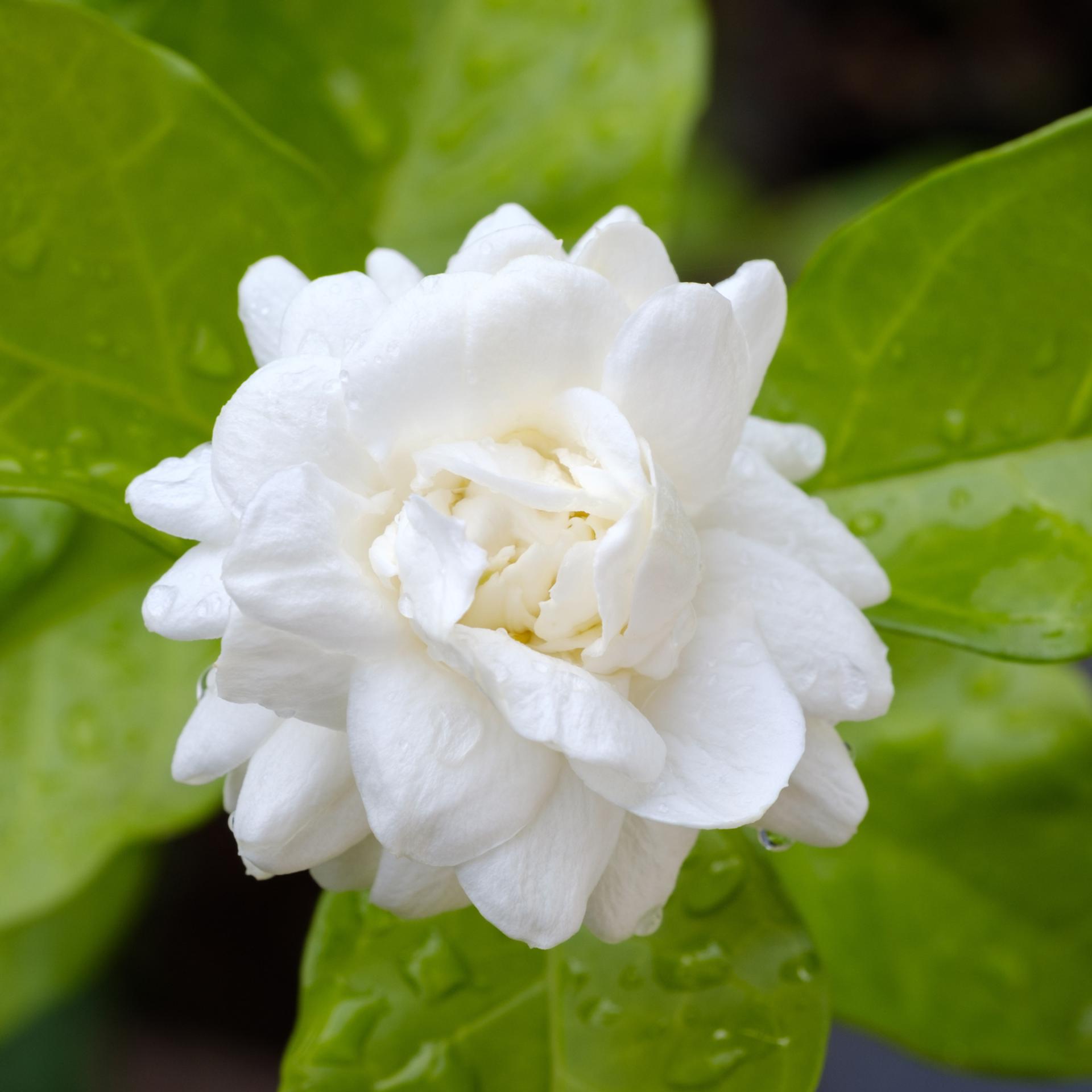
- Mogra is not the same as regular jasmine (Jasminum officinale)—its phytochemical profile is stronger and more medicinal.
- In Unani medicine, it’s used to sharpen memory and support reproductive health.
- Mogra essential oil is often used in high-end perfumery because it blends both top and base notes—offering depth and longevity.
In Conclusion: A Bloom That Balances Beauty and Being
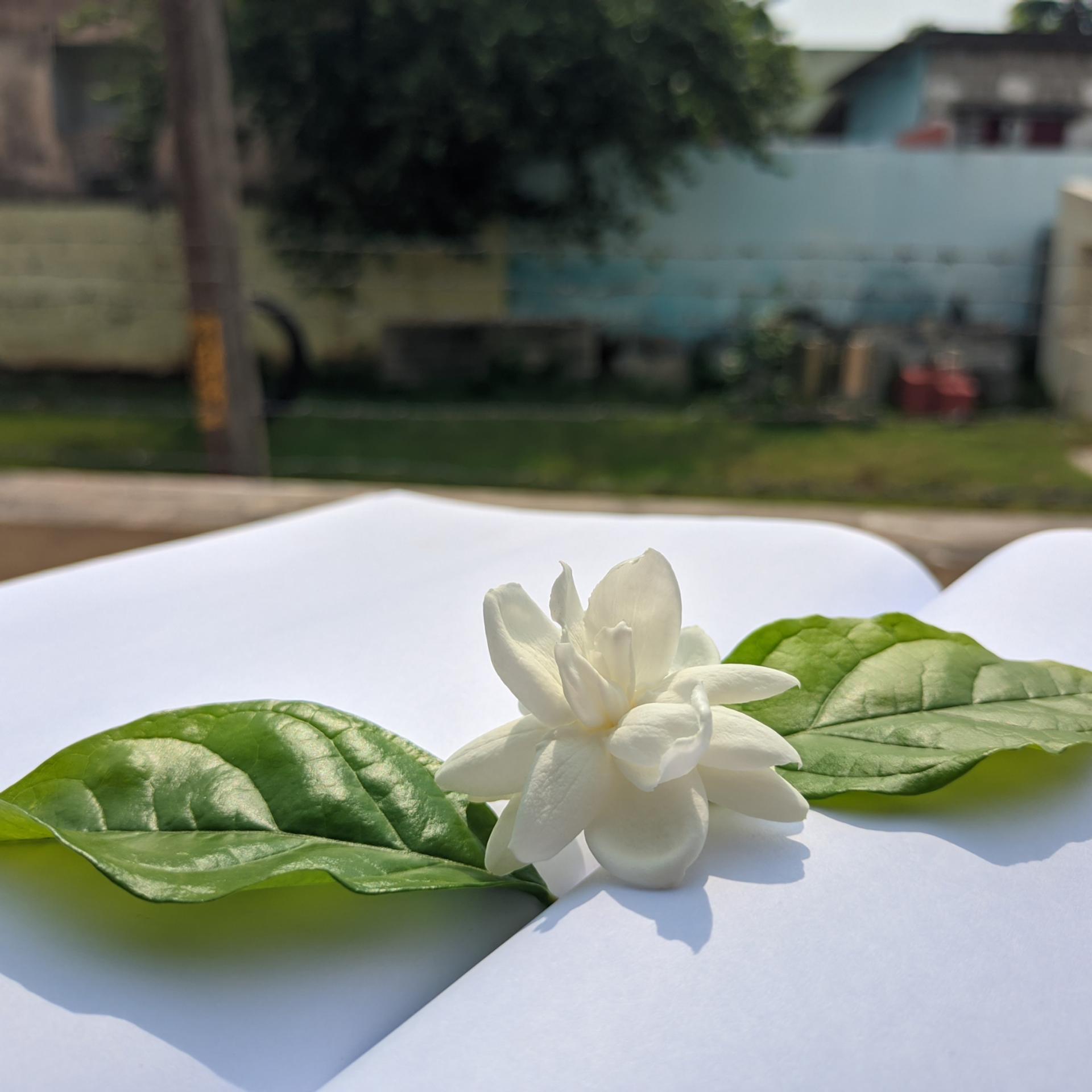
Mogra is not loud. It doesn’t demand attention.
And yet, it transforms a space, a mood, a face—quietly, softly, and completely.
Whether it’s woven into a braid, infused into a mist, or added to a facial oil—Mogra brings beauty from the outside in and inside out.
It reminds us that self-care can be gentle. That joy doesn’t have to be loud. And that beauty, like fragrance, travels further when it’s subtle.
Learn more
